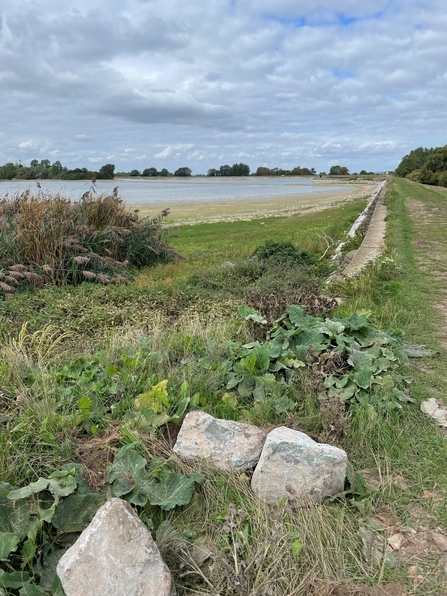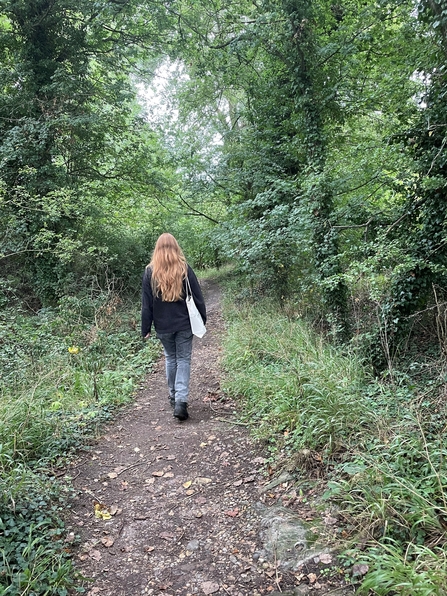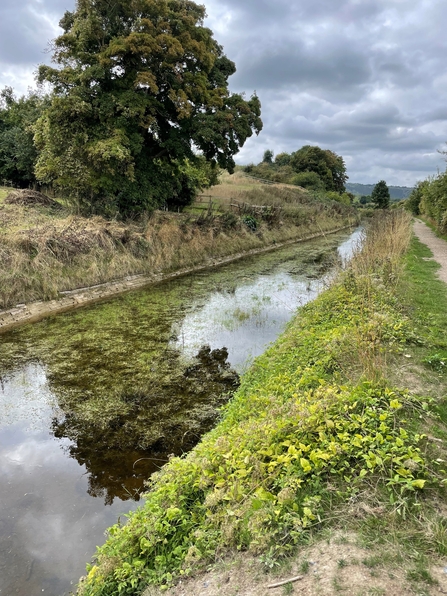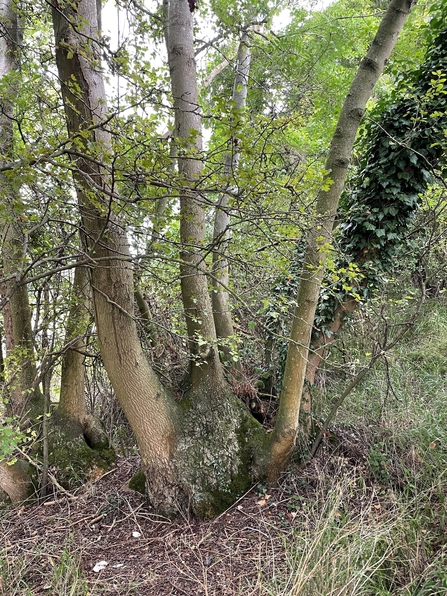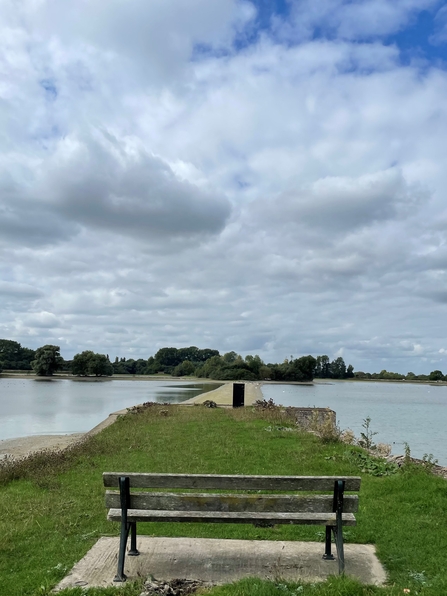Whilst it might be tempting to stay inside on a cold winters’ day, there are plenty of benefits to be had in getting outside and connecting with nature. As well as topping up on immunity-boosting Vitamin D, a walk in the wild aids physical fitness and pays in terms of mental wellbeing too.
Indeed, the mental health charity, Mind, recognises the positive effect this can have and states that it can improve mood, reduce stress or feelings of anger, help you to feel more relaxed and even improve your confidence and self-esteem. What’s more, this can all be had for free. So, whether some solitary time suits you or you’re looking to burn some energy off the family, reap the rewards of a date with nature. Reserves Officer, Anna Daniels, takes us on a guided walk of one of her favourite locations, Wilstone Reservoir.


